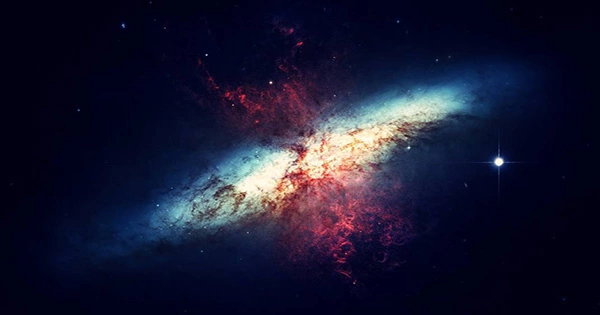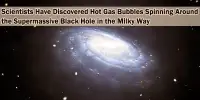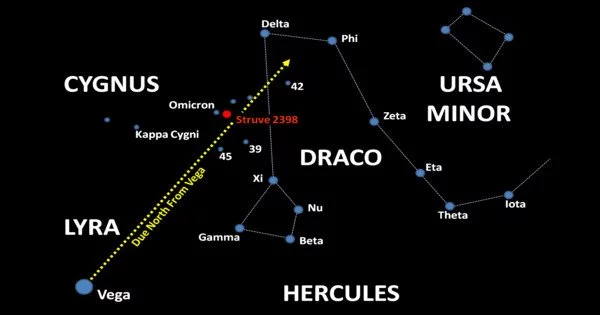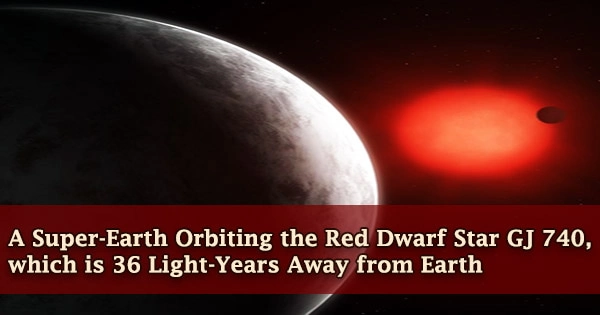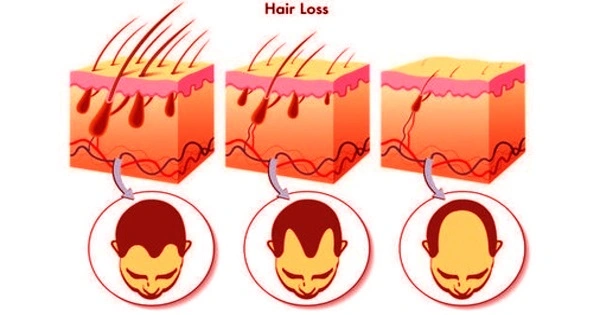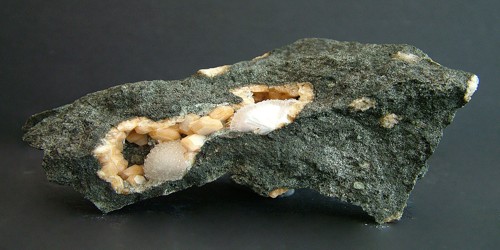There are more ways for stars to burst than scientists previously thought, the most recent of which is known as a micronova. These little yet intense stellar explosions are similar to their bigger cousins, but they only happen over the poles of stars. A never-before-seen star emerged in the sky in 1572, and Danish astronomer Tycho Brahe coined the term “nova” or “new star” to describe it. Tycho’s nova revolutionized astronomy by revealing that the “heavens” were not eternal. As astronomy progressed, mankind discovered that such novas occur frequently, but that they are not new stars, but rather existing ones that had suddenly gotten considerably brighter. Ordinary novas and supernovas are distinguished by differences in the amount of brightness.
A team from the European Southern Observatory has now described a third kind, dubbed micronovas by comparison, in Nature. These occurrences, by typical human standards, are anything but tiny. Interactions between white dwarfs and partner stars produce novas and Type 1a supernovas (other forms of supernova have very different origins). Because white dwarfs are so dense, they may absorb material from their more dispersed companions.
When a white dwarf collects enough material to exceed the 1.4 solar mass barrier, it explodes as a supernova. In other situations, the material creates a shell around the white dwarf, resulting in a smaller but still tremendous explosion in which enormous amounts of newly acquired hydrogen fuse to helium in a matter of weeks. However, the work demonstrates that in some situations, white dwarfs with strong magnetic fields funnel incoming material towards their poles. The mechanism is similar to how charged particles from solar explosions are steered towards Earth’s magnetic poles to cause aurora, but on a far bigger scale.
This causes an explosion comparable to that of a regular nova, but limited to small areas of the star and hence less intense. “We have now shown for the first time that hydrogen fusion may occur in a limited manner. Some white dwarfs’ hydrogen fuel can be trapped at the base of their magnetic poles, allowing fusion to occur exclusively there “In a statement, Radboud University professor Paul Groot remarked. “This results in the detonation of micro-fusion bombs, which have roughly one-millionth the power of a nova explosion, thus the term micronova.”
A micronova, despite its name, can involve 20,000 trillion tonnes of material undergoing nuclear fusion in a few of hours. Unusual units of measurement are all the rage right now (half a giraffe, anyone?) As a result, the authors estimate that there are 3.5 billion Great Pyramids of Giza. We’re going to think of it as 100,000 Mount Everests here at IFLScience. The star becomes at least three times brighter for up to ten hours after burning that much material.
“The occurrence casts doubt on our knowledge of how stars undergo thermonuclear explosions. We thought we understood, but this discovery suggests a completely different approach to achieving them “Durham University’s Dr. Simone Scaringi stated. “It only goes to show how alive and well the Universe is. These occurrences may be rather common, yet they are difficult to capture in motion due to their speed.”
Several significant brightenings of stars have been seen during the previous 40 years, but astronomers have been unable to pinpoint the source until recently. The team was able to not only locate three new planets, but also investigate their origins, thanks to the Transiting Exoplanet Survey Satellite’s (TESS) periodic repeated measurements of star brightness. TESS discovered three outbursts, two of which were known white dwarfs, one of which had been investigated extensively in the past. However, the team needed to establish the third micronova was indeed a white dwarf, which they achieved using the Very Large Telescope.
